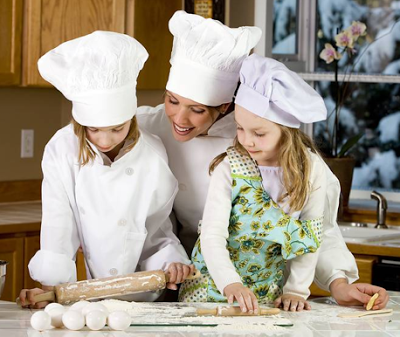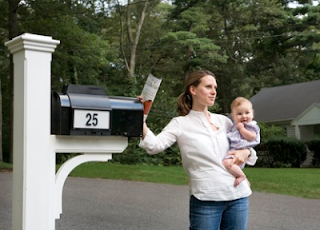Reading Aloud Great
Informational Texts
February is one of my
favorite months. First, it’s short. Second, it adds a day every four years.
Third, it is filled with diverse holidays – from Groundhog’s Day to Valentine’s
Day to Presidents’ Day – within the context of thematic tributes like “Black
History Month.”
For parents, February
presents a treasure trove of ideas for engaging children with great reading
materials.
One of the reasons
children are drawn to books is to learn more about their world. Children run
the gamut, as I have seen some students look with fascination at the pictures
of different rocks for months on end in old, beat-up Time Life series books on
rocks and minerals, while others check out atlases and carefully examine
different places in the world. The more photos and illustrations, the better!
Children are naturally
curious about the world they live in, and books are wonderful passports to
educate children on new topics. As parents, we can feed children’s hunger for
knowledge with daily read alouds of informational books. Here are some ways you
can incorporate informational texts into your daily routines at home:

Share Interesting
Newspaper Articles. I cannot remember a day that went by growing up (or
even to this day, for that matter) when my parents did not read aloud some
article that they found interesting in the newspaper. We’d be sitting in our
living room, all doing our own things (for example, my dad would be reading a
book in his chair, mom would be reading the paper, I was probably watching TV,
my brother would be building a model and my sister was having a funeral for one
of her dolls), when my mother would loudly read aloud a story about a meteorite
that struck Russia or some three-headed frog scientists found in Colombia.
While I often found the interruptions to be annoying, I realize that I do the
same dang thing with my own children. I also now realize that while always
acting disinterested, I often would check out the article on my own when my
mother left the room!

Cook Together. My
wife is saving my life by forcing me to eat healthier. We’ve been teaching our
children how to cook various healthy meals, and we always point to recipes in
our cookbooks. You can also teach children how to read the nutritional
information on products.
Go Through the Mail
Together. I don’t care if you are seven or seventy – isn’t the trip to the
mailbox always exciting? You never know what awaits: a Valentine’s Day package
from grandma and grandpa, a flyer for a new toy store, a bill from the electric
company. My youngest daughter loves walking to the mailbox and sorting mail
with me. She’ll point to various pieces of mail and ask what they are, and I’ll
read aloud various items that attract her attention.
Text Together. Embrace
technology, don’t fear it! If you don’t understand the latest concoction, you
can always ask a five-year-old how to use it (believe me, they probably know
how to use it better than you do). If you spend a ton of time on your iPhone
texting and reading articles, why would you think that your children would not
be interested, too? Show your children all of the information that they can
have at their disposal in their pocket every day.
Read Aloud “Tough”
Books. What do I mean by “tough” book? A tough book, to me, is a book that
is written well above the level of the child. Preschoolers can check out the
pictures in books, but most cannot decipher much text. It is one of our jobs as
parents to read aloud difficult texts to our children. Remember that while
children’s early reading abilities may be limited, most can comprehend things
that are read aloud to them at much higher levels. If you don’t believe me, ask
your little one to read a movie script and tell you what the movie was about.
Most cannot do it, but they can certainly tell you all about a movie after they
have watched it. That’s because our listening comprehension abilities far
exceed our reading comprehension abilities at a young age. One of the reasons I
am so interested in Presidents is because my father used to read aloud to me
books and articles about various Presidents and Founding Fathers.
There are all sorts of ways to expose your children to
interesting informational texts during the course of a typical day. Nothing I
share with you is too difficult. However, in my experience, it is usually the
simple things that have the greatest results. What are some basic habits you
have exposing your






















